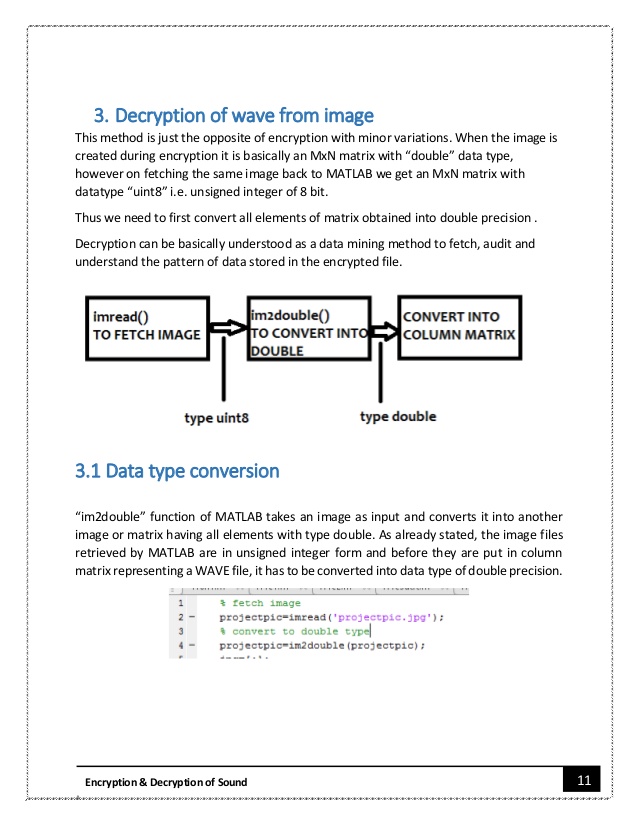

Pcode(fun1.,funN) creates N P-files from the listed files. The original.m file or folder can be anywhere on the search path. MATLAB ® creates the P-files in the current folder. If fun is a folder, then all the script or function files in that folder are obfuscated in P-files. In some countries, people with disabilities have rights to adapt software to make it usable for them.ĭescription pcode(fun) obfuscates the code in fun.m and produces a file called fun.p, known as a P-file. For example in some countries, security researchers have the legal right to reverse engineer code to attempt to find security problems.

 in some countries, reverse engineering is legal, at least within some contexts. in some situations involving one company purchasing another company, there might be legal rights to the intellectual property but the original code might not be available. sometimes companies lose their source code but still have the.p around and later need to get back to source. If by 'open' you mean run - then certainly yes.Quoting the manual: You invoke the resulting P-code file in the same way you invoke the MATLAB.m source file from which it was derived. 'p' in pcode is for 'protected' - its main design goal is deploying a functional component while protecting its source. If by 'open' you mean edit - then certainly not. It seems like.p files are AES encrypted, with an unknown key, and have been since 2008 from the date of these posts.
in some countries, reverse engineering is legal, at least within some contexts. in some situations involving one company purchasing another company, there might be legal rights to the intellectual property but the original code might not be available. sometimes companies lose their source code but still have the.p around and later need to get back to source. If by 'open' you mean run - then certainly yes.Quoting the manual: You invoke the resulting P-code file in the same way you invoke the MATLAB.m source file from which it was derived. 'p' in pcode is for 'protected' - its main design goal is deploying a functional component while protecting its source. If by 'open' you mean edit - then certainly not. It seems like.p files are AES encrypted, with an unknown key, and have been since 2008 from the date of these posts.







 0 kommentar(er)
0 kommentar(er)
